The fastest dinosaur
08.01.2024 03:25
6992 views
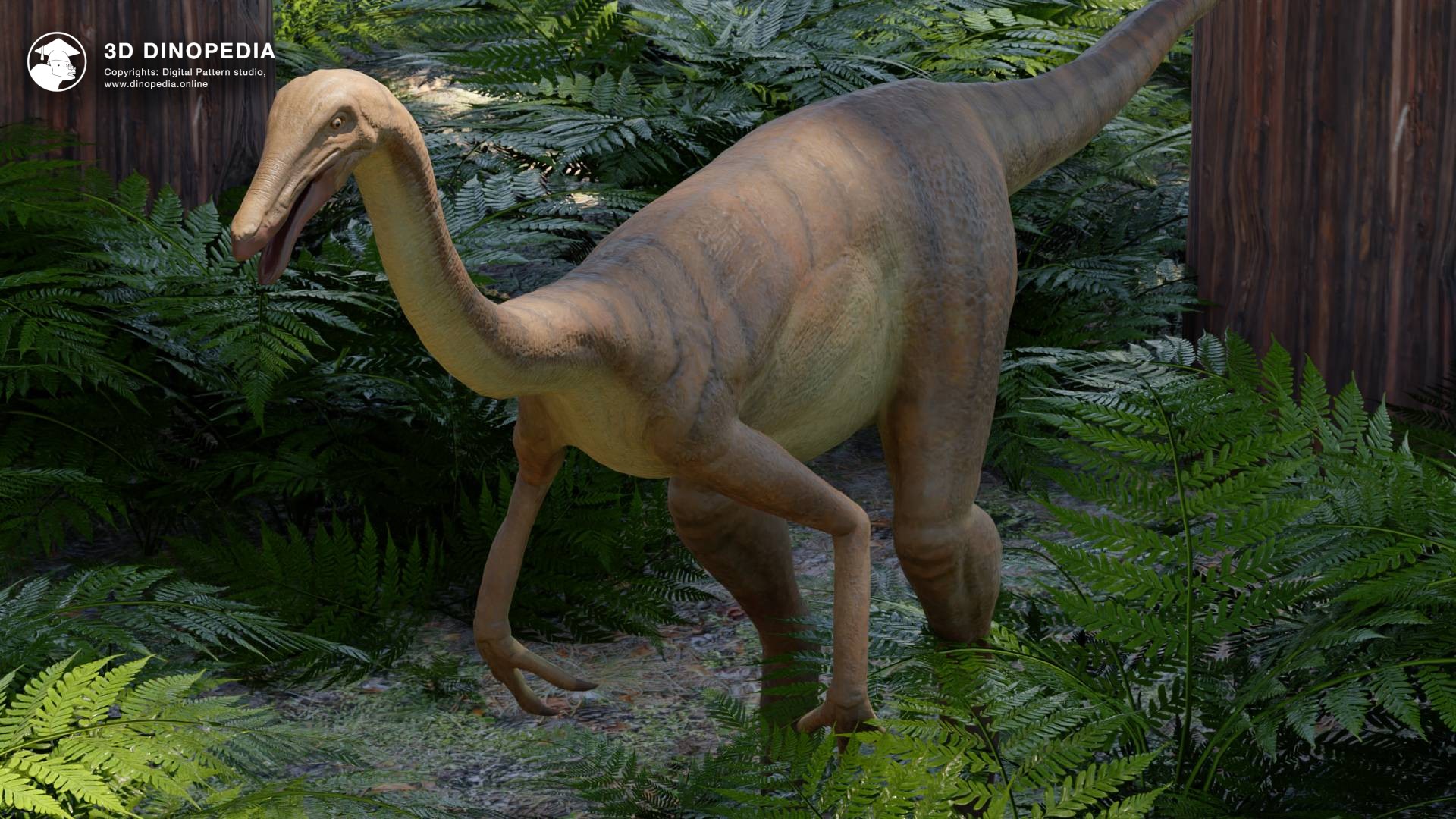
On your marks, get set... Go! Muscles tense to the limit, the heart beats on the verge of possibility, eyes focused ahead - towards the finish line, towards victory. Participation in competitions brings incredible excitement and fantastic emotions, as many confirm. Runners and swimmers, under the thunderous applause of the audience, feel their support.
Not only humans can participate in races. Horses compete in horse races, and sometimes even camels. In situations where real animal races are impossible, virtual competitions are held. The speed of birds, fish, terrestrial mammals are compared, and sometimes fantastic comparisons are made, for example, between an animal and a car. It is known that a cheetah can accelerate up to 130 km/h, which is comparable to the maximum speed of a car in some European countries and close to the speed limit on American highways.
However, a real competition between a car and a cheetah is impossible. But we can measure and compare their speeds. Modern technology allows us to do this for living animals, but what about fossils? How to determine the speed of ancient animals, from which only bones remain?
Studying the speed of ancient animals is a complex task. Several methods of measurement have been proposed, sometimes leading to contradictory results. Let's consider the features of these methods and try to determine the most accurate way of measuring.
One of the first methods for estimating the speed of dinosaurs, proposed by scientists, is based on the analysis of footprints. This method requires knowledge of the stride length, leg height, and the presumed weight of the animal. Using it, scientists in the 1980s estimated the speed of various dinosaurs. For example, in 1982 it was established that Gallimimus could run at a speed of 42-56 km/h, while Stegosaurus, perhaps, was one of the slowest, reaching a speed of about 7 km/h.
However, this method has significant limitations. For example, there is no guarantee that the dinosaurs that left the footprints moved at their maximum possible speed. They could have been simply walking calmly. Moreover, it is difficult to determine which specific species left the footprints. The results are often based on average stride lengths from different trackways belonging to a certain group of dinosaurs, such as long-necked sauropods or bipedal predators - theropods.
Another factor in speed assessment is the strength of the animal's bones. This is important because when running, the animal must withstand its own weight. For example, a white rhinoceros weighing 3 tons can run at a gallop, while an elephant weighing 5-6 tons is already incapable of this. Estimates show that most sauropods and tyrannosaurs, weighing 9 tons or more, probably could not run to avoid damaging their bones.
There is another complex method for estimating the speed of dinosaurs, which requires the presence of a complete skeleton. First, the skeleton is scanned to create its three-dimensional computer model. Then, based on the shape of the bones and the characteristics of their connections, muscles are reconstructed. After that, computer simulation recreates the gait of the ancient animal, analyzing different ways of walking and calculating energy expenditures for each. The most realistic gait is considered to be the one that requires minimal energy expenditure. The same program also estimates the animal's speed of movement. For example, in 2013, the speed of Argentinosaurus, one of the largest long-necked dinosaurs, about 35 meters long and weighing 75-80 tons, was calculated in this way. It turned out that it moved at a speed of 8 km/h.
The last method has many advantages and gives accurate results, but it requires the presence of a complete skeleton. In addition, the gait reconstruction program must work with maximum accuracy, which is a subject of doubt among paleontologists.
There are other methods for estimating the speed of dinosaurs, but none of them is perfect. Thus, reconstructing the speed of dinosaurs remains a complex task. It can be said with certainty only that small long-legged dinosaurs, such as ornithomimids or gallimimuses, were among the fastest, while the largest long-necked sauropods were some of the slowest. However, exact figures remain a matter of discussion and research.
In our application, data on the speed of animals is based on the most accurate estimates available at the moment. For those species whose speed has never been measured by scientists, we used approximate values. These estimates are based on the speed of the closest known relatives of animals or modern animals with a similar body structure. Our team of paleontologists constantly monitors the latest scientific data and updates the information in the application as necessary. We are confident that the information about the speed of ancient animals presented in our 3D Dinopedia is the most accurate and up-to-date today.
Application users have the opportunity to visit the 'Research' section and compare the speed of different animals on their own. We invite you to hold your unique competition and immerse yourself in the world of ancient animals using our application.
Discussions
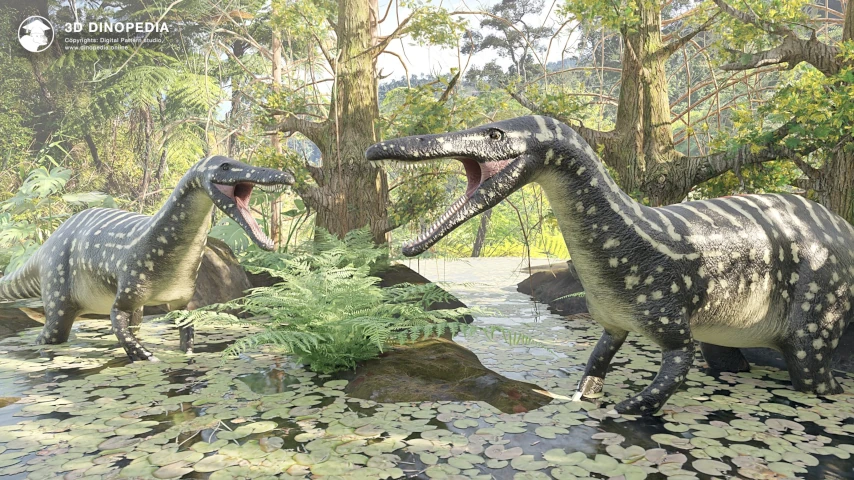
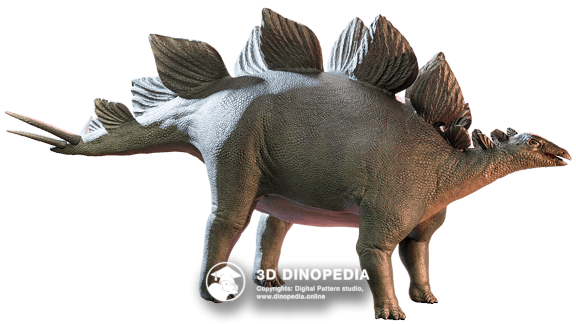


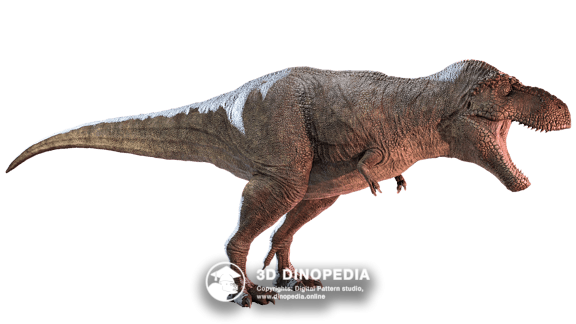


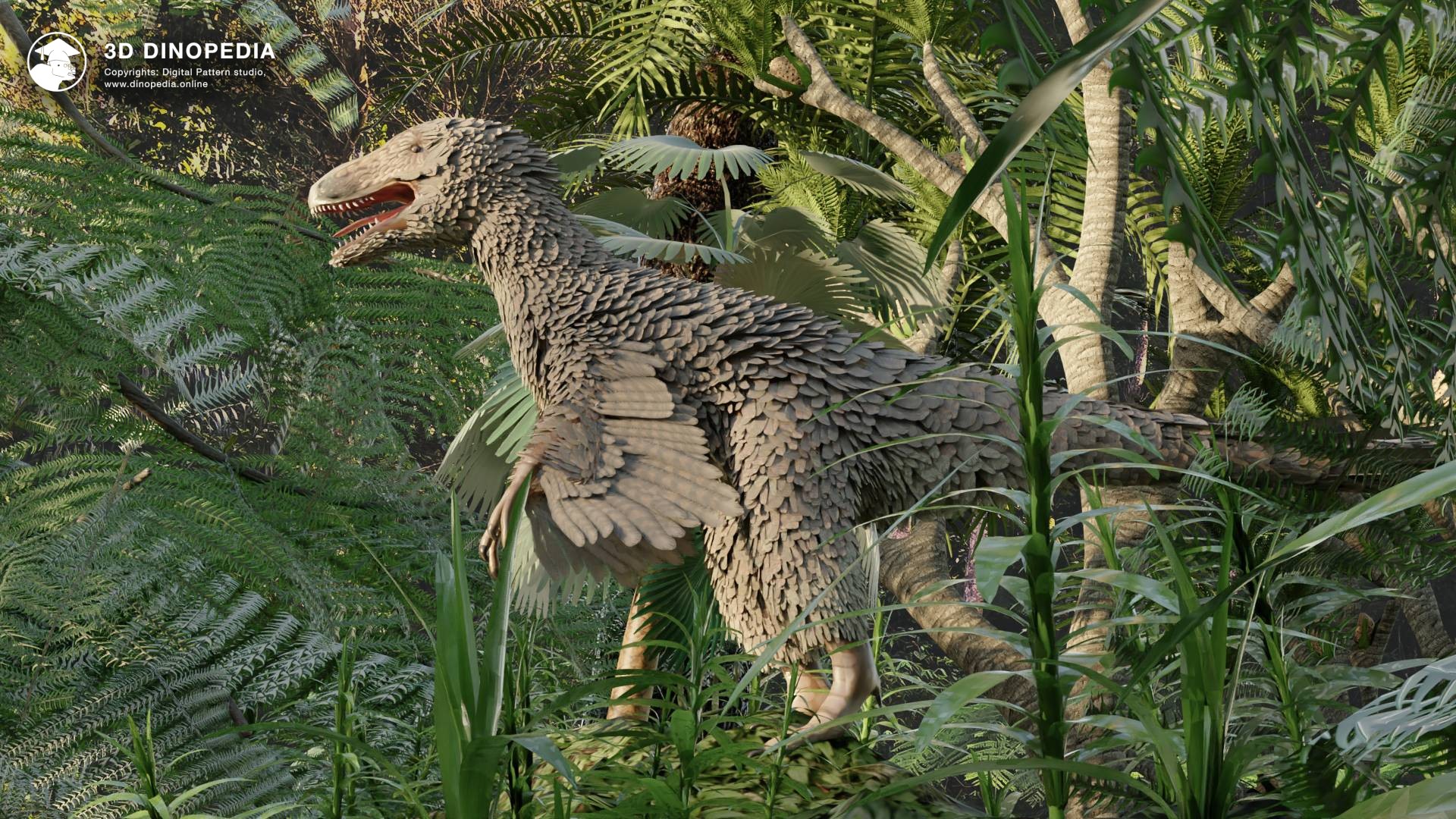
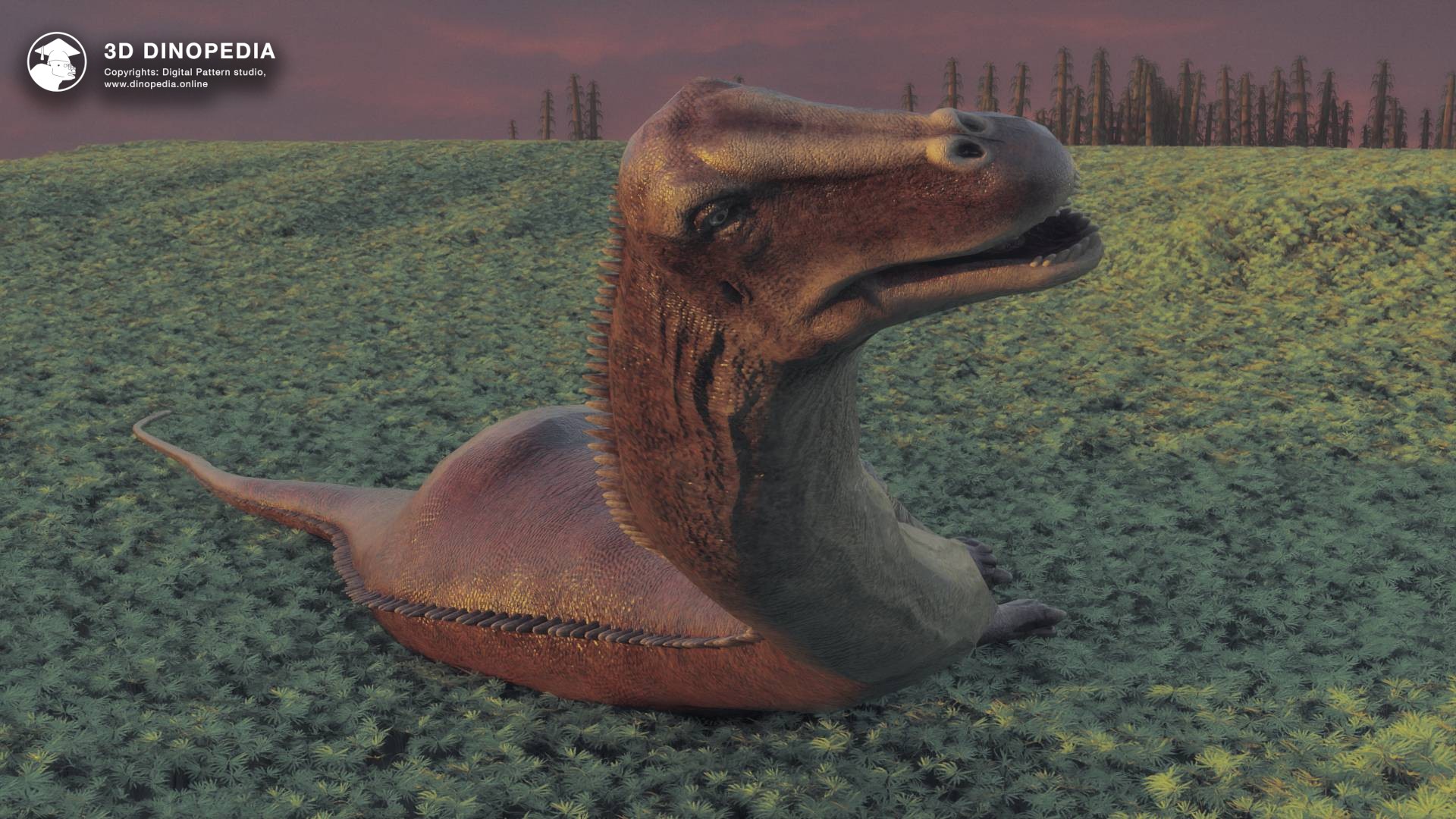

{{ count }} comments
You must login to write a comment